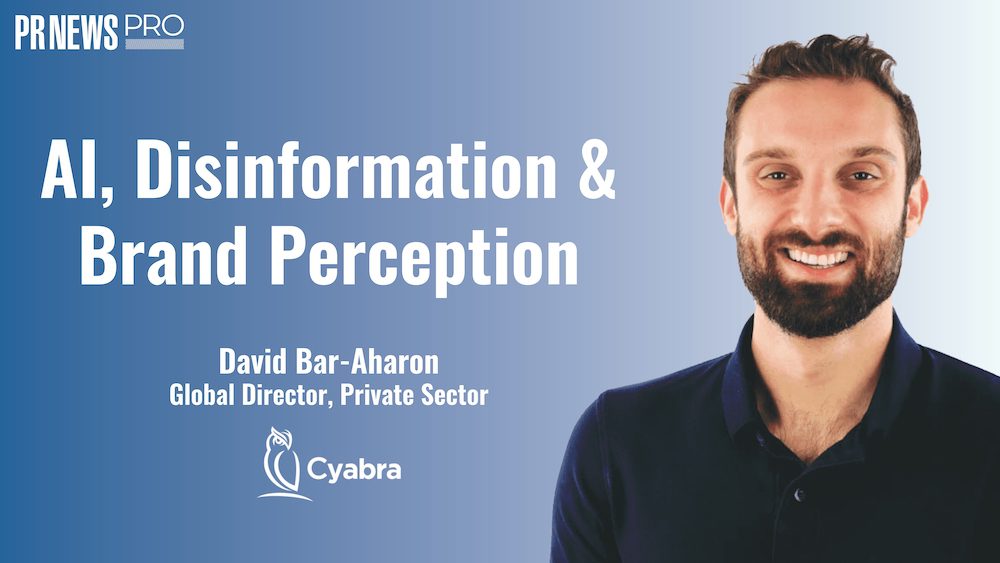Imagine a conversation in which multiple languages are fluently spoken and used interchangeably for greatest effect. With the colloquialisms of one language flowing into the idiomatic expressions of another, the conversation takes on a contextual richness that could never be achieved were only a single language being spoken.
Communication that combines multiple languages, allowing each to do what it does best, echoes a vision for how integration technologies and new customer-interaction platforms and processes can help a company synchronize its activities across different channels, across different stages of the customer experience, and across different offerings.
It’s a vision that hasn’t yet been realized by most companies. Some have yet to even grasp the simple insight that the role of the Web is not to introduce yet another language into the conversations between companies and their customers. Instead, the different channels and different silos within a company should complement each other and act in unison toward the common goal of creating superior customer experiences.
Consider a new study from e-Gain Communications, a contact center solutions provider, which reports that only 26% of companies surveyed have a single view of their customer interactions, while 29% have no channel integration whatsoever. And it’s clear that many companies have been slow to exploit the synergies between their online and offline channels. Only now, for example, after years of losing market share to Netflix, has Blockbuster finally introduced a service plan allowing customers to rent movies online and return them in stores.
Synchronizing for success
The challenge of synchronization—a word derived from the Latin sync, meaning “same,”and chronos, meaning “time”— involves breaking boundaries on two fronts. On the external front, synchronization means presenting a seamless face to customers, regardless of what they buy, where they buy, and how they choose to interact with the company. External synchronization requires breaking outward-facing boundaries that separate the various channels that the company uses to connect with customers and to go to market.
On the internalfront, synchronization involves creating a unified knowledge repository that stores everything the company knows about its customers and offerings, without regard to business units, geographies, or functional departments. Internal synchronization requires breaking inward-facing boundaries that divide functional departments, product divisions, and business units.
External synchronization facilitates seamless customer experiences by allowing customers to cut across channel silos in dealing with the company. Internal synchronization facilitates seamless learning by allowing customer knowledge to be stored, analyzed, and accessed across organizational silos. External synchronization and internal synchronization go hand in hand. After all, you can’t interact seamlessly with customers without learning seamlessly about them.
Of course, the benefits of synchronization go well beyond seamless customer experiences. Synchronization can lead to new views of customers and markets. These new views in turn lead to new possibilities for creating new offerings and serving new customer segments.
Some retailers have recently introduced click-to-chat and click-to-call options, as well as in-store kiosks that link to customer service representatives. Yet despite the proverbial placards in their windows that read “We speak every language,” few companies can in fact carry on a conversation that changes from one language to another.
Consequently a customer who tries to cross channels may be disappointed to find that the company that understood his situation so well while he was at his keyboard or on the phone seems to have no memory of those interactions now that he’s in the store. This amnesia stems from the fragmentation of databases and systems, a consequence of a long pattern of different customer touch points funneling data into separate silos that fail to talk to each other.
Of course, organizational memory shouldn’t be channel-specific. Customers shouldn’t be forced to stay with the channel with which they originated, as if they were driving along a divided highway where vehicles are prohibited from changing lanes. Companies know that they need to break down the divider walls of the silos and allow the data that were captured through one channel or customer touch point to instantly migrate to all other channels and touch points.
Hiring a simultaneous translator
The good news is that propagating a current, consistent, and comprehensive view of a customer relationship throughout the organization usually doesn’t require that a company’s entire existing infrastructure be hauled away and replaced with one giant, unified system—or, for that matter, that the pieces even be physically connected. Instead, following the example of the United Nations Security Council, the best course of action may be to hire the enterprise equivalent of a simultaneous translator.
The simultaneous translator comes in the form of SOA-enabled middleware solutions that can pull customer interaction data from isolated and incompatible legacy databases into a common pool that speaks a common language. This is the concept of virtual seamlessness. It’s achieved by blending the old with the new, as opposed to ripping out legacy systems. And it’s the reason many companies are finally making big strides in bridging the channel gap, capitalizing on their previous CRM investments, and realizing that vision of a single view of the customer.
It’s important to create new channels of communication. But to lose the customer in the process is a cardinal sin. It means losing some of the most important benefits of a multichannel strategy, including the ability to manage customer value and drive relevant upsell and cross-sell opportunities. Moreover, customers now expect a seamless customer experience, which means interacting not only in multiple ways but also in internally consistent ways. They expect synchronization of messages and offers, synchronization of prices, synchronization of inventory, synchronization of return policies, and synchronization of customer service.
While the amount of time, money, and effort spent on synchronizing touch points can vary significantly from one company to another, what remains consistent across all companies is a fundamental and irrefutable fact about customers: They don’t come in online and offline versions. All are simply customers—people who expect to be treated in a consistent manner, no matter how they choose to do business with the company.
Synchronization can afford customers unprecedented degrees of convenience and flexibility. Call it the freedom to hop around. Sometimes customers want to talk to a support rep, other times they want self-service. Sometimes they want to buy online, other times in-store. Sometimes they want to return merchandise through UPS, other times at the shopping mall. As competition intensifies and broadband proliferates, companies need to be everywhere that customers want them to be. They need to market in all the ways that customers want to be reached, sell in all the ways that customers want to buy and provide support in all the ways that customers want to be supported.
Being channel-agnostic and customer-dedicated
Customers want to interact and transact with companies based on who they are, what they seek to accomplish in a specific situation, and where they are in their lifecycle. To respond to this diversity of needs and situations, companies need to create multiple points of presence, fully integrated to deliver a seamless customer experience. They need to treat every customer as a unique individual instead of treating all customers alike and discriminating among customers based on the channel they use.
Indeed, in a quiet moment of introspection a company might ask itself, “What is the object of my devotion? Am I devoted to my channel or to my customer?” At times, it seems, marketers are beholden to their channels but agnostic when it comes to their customers.
Remember: A channel is merely a means to an end. What matters isn’t the channel through which the customer communicates. Rather, it’s the ability to capture, store, and track all interactions and transactions with that customer across all touch points to create a seamless, context-rich conversation. It’s the kind of conversation that could never be achieved were there only a single language being spoken.
Jeff Zabin is coauthor of “Precision Marketing” (Wiley, 2004) and a director in the Precision Marketing Group at Fair Isaac. He blogs at www.paretorules.com and can be reached at [email protected].
Previous articles by Jeff Zabin:
Precision Marketing Is a Green Initiative
A Nation of 300 Million Records
Cracking the Code on Next-Generation Code Promotions
Marketing Dashboards: The Visual Display of Marketing Data
Placing Sure Bets on Customer Knowledge
Jim Brickman Plays the Music of Precision Marketing
The Netflix Paradox: Are Loyal Customers Sinking Your Stock?
Making Sense of Super Bowl Spots in the Age of Precision Marketing
When It Comes to Contextual Marketing, Think Like Chip Davis
 Network
Network

